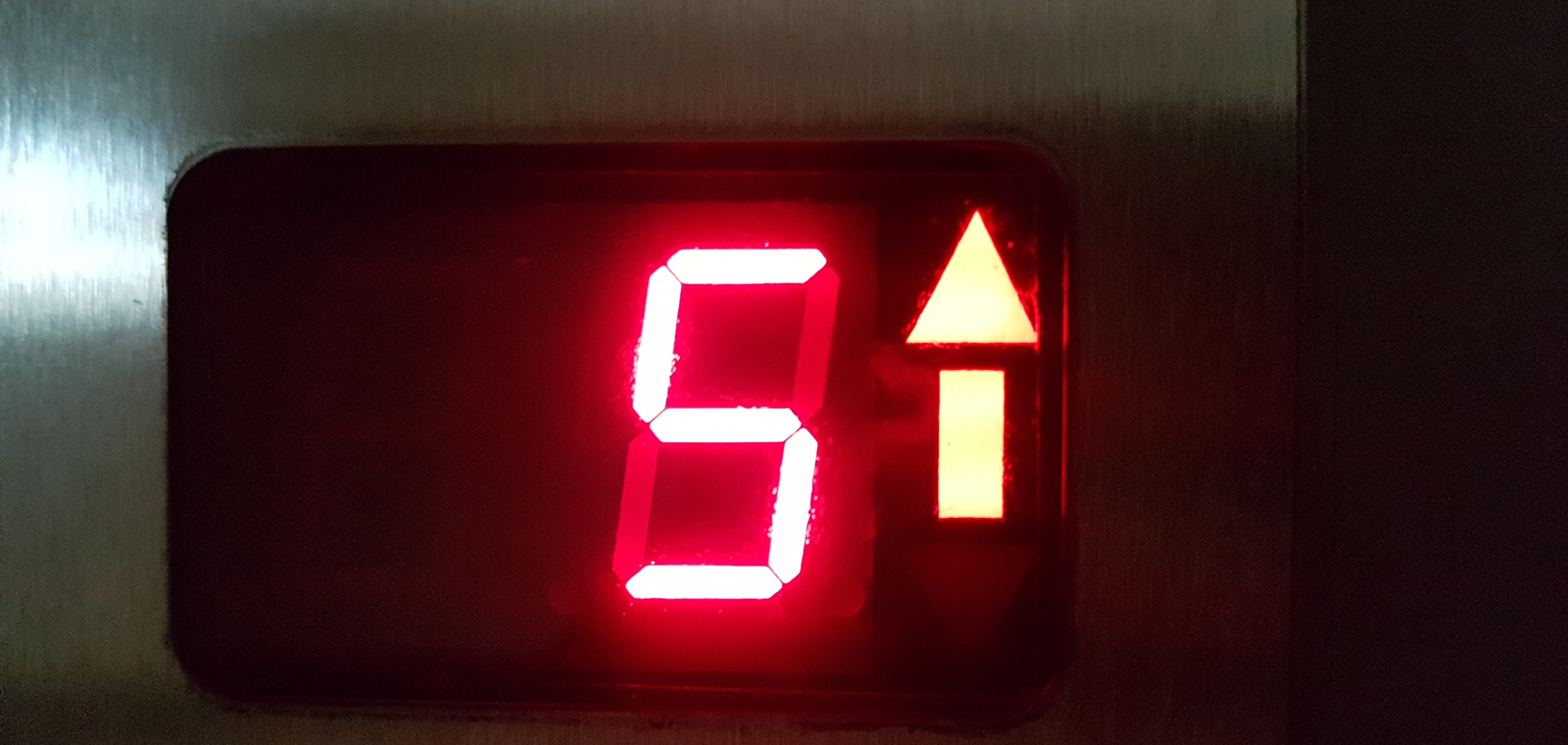by Hubert Marleau, Market Economist, Palos Management
October 20, 2023
Over the long term, which I define as 5 years, market returns on cash and Treasuries have been underperforming assets compared to equities. Nonetheless, rising interest rates have hurt stock market returns over the past 3 months because virtually free Treasuries have become reasonable alternatives, even though the economy still has momentum, inflation has receded and earnings have rebounded. Thus it’s imperative for investors to understand why bond prices have been under so much downward pressure.
I rely on 5-year bond yields to make investment decisions because they give me a real-time approximation of where the policy rate should be at margin, to bring real economic activity to potential in an environment of price stability. Assuming 0.50% per year future population growth, with a year-over-year productivity growth of 1.75% and 2.00% for inflation, that leaves us with a nominal equilibrium rate or neutral rate of 4.25%. Given that inflation and real growth are both running above where they ought to be, it makes sense for the policy rate (5.50%) to be higher than the neutral rate (4.25%). While the growing acceptance of 4.25% neutral rate is bringing some sanity in the bond market, anything higher than 5.50% should be considered as problematic. Unfortunately, this rational adjustment in the risk/reward ratio took place in record time. The good thing about the debacle in the bond market, is that the readjustment has been done or is about to be.
If it had not been for the 97 bps increase in 5-year treasury yields since July 25 to 5%, when the S&P 500 hit a recent high of 4592 - a psychologically significant level - it wouldn’t have fallen to the recent low of 4229. The main culprit for this increase was the term premium, which rose 65 bps, leaving only 19 for inflation and 13 for growth. As a result, yield on 5-year Treasury notes is 4.91%, comprising 2.34% for inflation expectations, 2.00% for growth potential and 0.57% compensation for taking the risk of uncertainty, which is basically associated with an underlying shift in the supply/demand equation for government debt. Approximately $1.7 trillion was floated in the market, stemming from the federal budget deficit while the Fed sold $720 billion of bonds through its quantitative tightening program and demand by foreign central banks for official reserves dried up. For example, the TIC release showed that China sold a record $16.4 billion worth of treasury notes and $5.1billion of U.S. stocks in August. This has been going on for 20 of the past 22 months. Thus the demand for the government debt has fallen on investors who buy for profit away from official organisations,who buy for management. Put simply, demand for Treasury is significantly more price-sensitive than it used to be, while Treasury supply is not. Consequently, treasuries are now offering some of the best valuations and highest yields we've seen in well over a decade.
Given that the Administration is unlikely to close the much-worse-than-expected deficit quickly, the only way to stop the carnage in the bond market over the short term is for the monetary authorities to instruct the NY Fed to step in and buy bonds in the open market. This can actually be done because the Federal Reserve Bank has the total authority, officially mandated by Congress, to maintain a properly functioning bond market. Large price swings in U.S. treasuries not only weaken its position as a long-term strategic anchor for the whole world but also impairs economic and financial planning. Acknowledging that core and headline inflation rates (without shelter), which arguably should be excluded as it is behind real-time evidence that rent cost is falling, are running at the Fed’s target rate of 2% y/y, Powell had the perfect excuse to suggest that the Fed could stabilise the bond market if the volatility were to persist. Yardeni Research’s deep dive in the CPI numbers confirms the narrative that inflation is broadly moderating.
Indeed, there was hope that the Fed might step in: the latest auction of long-dated government debt showed strong demand from yield-hungry investors: a good outcome because the Treasury did not have to entice investors with a higher premium than the existing one. During the past week, dealers had to accept about 12% out of the bonds sold compared to the usual 10%.
Unfortunately, Federal Reserve Chairman Jerome Powell spoke on Thursday ahead of the blackout and before the central bank’s next policy rate decision, giving the aforementioned idea no consideration. This is troubling, for he essentially allowed the most important market to run amok without a rudder, letting the wild and unsettling fluctuation in bond yields continue. It left the markets none the wiser, giving absolutely no path to guide investors. Plus he had the gall to say that conditions are not tight. Who is he kidding? They are perhaps not as tight as they were earlier: according to the Chicago Fed Financial Condition Index, thus far the policy rate is above the neutral rate, the yield curve is inverted and the money supply is stuck in the rut, forcing spenders away from anything requiring term financing, to buy. Moreover, the 10-year current yield (5.00%) is 10 times higher than when it was in 2020.
It takes a long time for the Fed to react to data points. Nonetheless, Powell knows that the economy is in a productivity boom and that the vigilantes have taken over even though he has admitted neither. Productivity gains are not inflationary, but are causing persistently above-trend growth and traders are sending a stoic message to Washington. I’m not hinting at easier monetary conditions to come, but these two big things should make it impossible to restart a hiking campaign. Betting on a hawkish Fed is not a winning bet. That is why yields on 2-year Treasuries - an area of the yield curve sensitive to imminent Fed moves - are stuck in the mud at 5.15%.
The big question is what level and when will the bond carnage stop? It's hard to figure this one out. Standard economic and financial relationships have been out of whack since the war in the Middle East broke out. Stemming from a series of new geopolitical risks, gold prices have surged to $1995 from $1835 while yield on 10-year bonds gushed to 5.00% from 4.60% and the dollar hardly budged.
How the situation will play out makes it a hard-won battle for the S&P 500 to reach our year-end target of 4650. It's going to be touch and go for a while, but the 4200 level is close by - a serious support level with proof of resistance. BofA pointed out that rising real yields have a lot to do with peppy economies, making the correlation with falling P/E ratios weak, and negative. Sometimes the stock market just needs a stupid external catalyst to spark a realisation that things are as bad as they look. As an aside, don't cry for Argentina may save the day, if they elect a libertarian favouring dollarisation of their currency. CTAs are heavily short bond futures.
Given that dividend-yielding stocks are earning between 5.50% and 7.50% without consideration for organic growth (which I clock at 2.00% per year), they are alluring as an alternative or as a barbell balance when one acknowledges that in the fullness of time stocks have given a market return of about 9.0%. Indeed, the difference is not much, considering the relative certainty of dividends, which incidentally cover the risk premium handsomely. Moreover, on an after-tax basis, they are even more alluring for Canadian investors. A 7.00% -to 7.50% dividend yielding stock has a premium-tax advantage of about 3.50%. Is this not a good entry point? On Friday, yields on 5-year Canadian denominated bonds fell drastically to 4.25%.
Copyright © Palos Management















